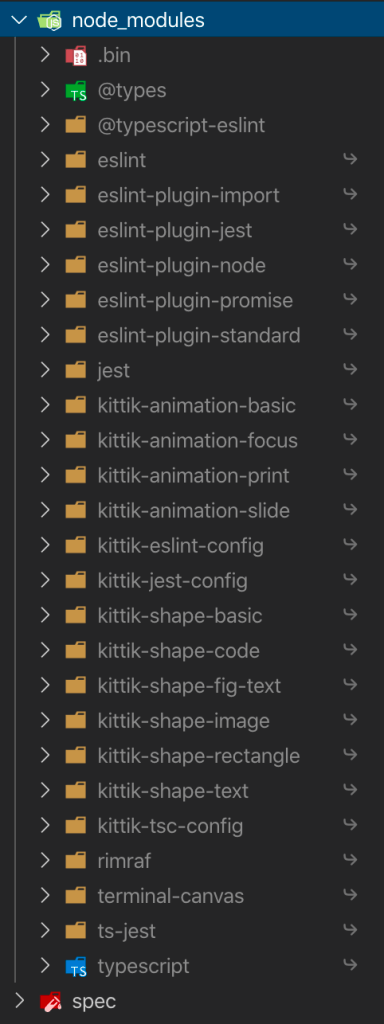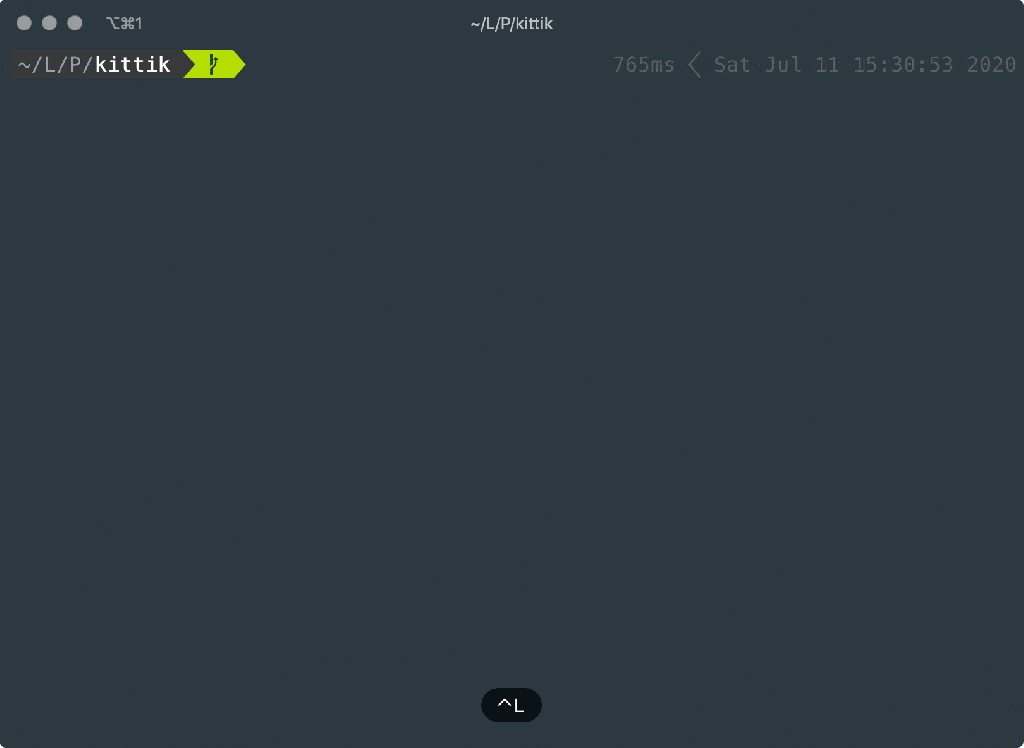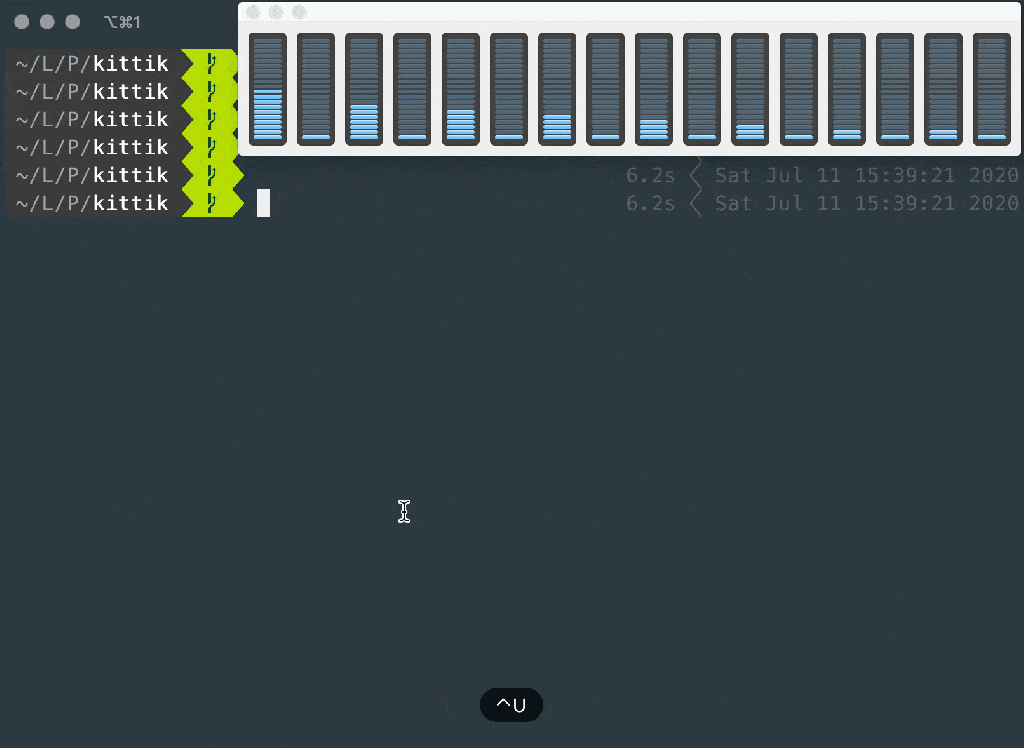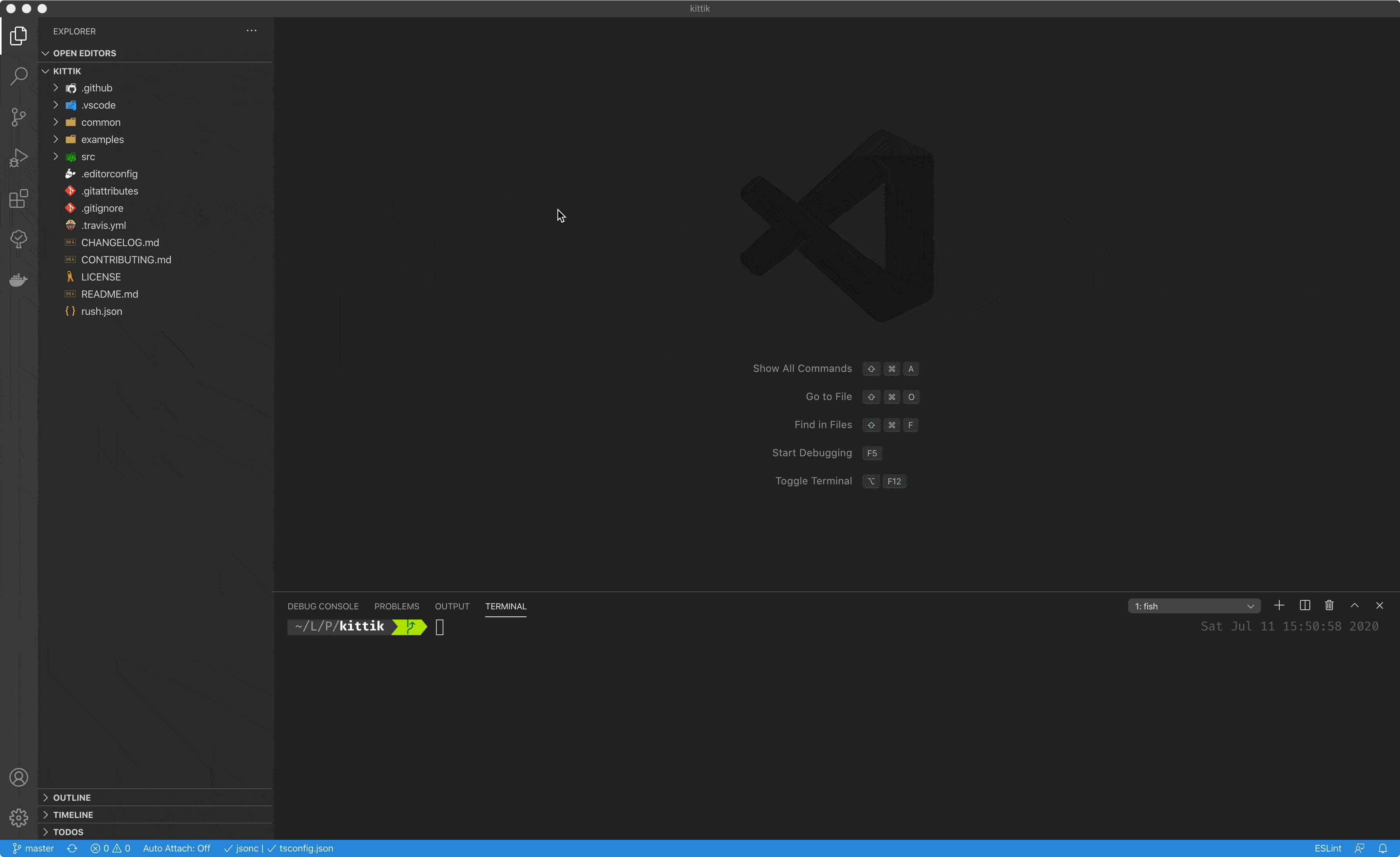I worked with different repository setups: separate repositories per project, meta repositories with git sub-modules, mono repositories where everything is a single monolith or separate projects just in one git repository.
Every setup has its pros and cons, but eventually, industry comes up with some setup that works so great, both on CI/CD systems and local machines, that it is hard to fight the fact that mono repositories earned its place under the sun.
I want to share with you one of these setups I came up, when experimenting on my pet project, and then, a setup that is used at our work and proved itself in production.
Package Manager
Let us start from a thing that usually no one pays attention to, but it is important to understand. I’m talking about node_modules layout - it is a mess!
Its layout is, well… “ok” for a single repository with a single project, but right from the moment when you convert your repository to mono repository, node_modules become such a mess, increasing entropy and non-determinism in many times (especially, when you hoist dependencies).
Did you hear about such a thing as transitive dependency? Node.js ecosystem usually refers to it as a “phantom dependency”.
A transitive dependency is any dependency that is induced by the components that the program references directly.
Wikipedia
These are the dependencies that are used by your direct dependencies in the package.json file.
E.g. you have a dependency jest, jest has its dependencies, like jest-circus and others. You do not require jest-circus directly, but it is still downloaded and bundled into your node_modules folder because it is a dependency that jest is using, not you.
You may ask, so what? The problem is that you can easily require those transitive dependencies without saying you need them in package.json. Hence, you do not control what packages are installed, what version, you are using the dependency that is controlled by third-party, not you.
Believe it or not, but many issues arise from this. This behavior is so non-deterministic that you can’t even be sure that setup on your local machine is the same as your colleagues, installed from a single revision. How many times we debug issues in production that, as turned out, was caused by the transitive dependency… I can’t count them.
You may say “lock files are for the rescue!”, yes, you are right, they help. Although, they do not resolve the issue with transient dependencies; they just pin them.
There is a solution - another package manager! The problem with npm and yarn is that they conform “classic” node_modules layout where everything is flattened, hence, any transitive dependency is accessible in your code - EVIL!
pnpm is a solution for this case. Instead of flattening everything in node_modules, pnpm flattens dependencies in his own virtual store that is not accessible to Node.js. But, to make your direct dependencies accessible, pnpm makes soft links from its virtual store (usually at node_modules/.pnpm folder) to node_modules folder.
Here, a comparison of how node_modules looks like with npm (on the left) and pnpm (on the right).


Did you find a difference? I bet you do! Why do I need acorn in my dependencies? ansi-regex? array-unique? What? These are dependencies that I can require in my code, although I did not specify them as my direct dependencies.
On the other side there is a pnpm layout, where only those dependencies I specified are accessible. Try to require some dependency that you did not specify - error on the build! It is better that non-deterministic and implicit behavior on the production, right? I hope so, and I hope you understand that.
NOTE: if you are interested where are those dependencies stored and how do they still accessible for your dependencies, you can read more about on pnpm blog.
Ok, enough with the package manager and some layouts. I’m here to share my setup after all and the reasoning behind my choice, not to change yours.
My package manager of choice - pnpm and only pnpm!
Build Tool
pnpm helped us to get rid of evil node_modules layout, but we are still in need to manage our projects inside the repository, run tasks there, etc. For most cases, pnpm is still a choice, it has so called “workspaces” concept and you can specify each of your projects as a pnpm workspace.
But… there are cases when you need a tool, that can help you scale your mono repository from a few projects to hundreds and thousands and still be easy to use.
We need a tool that will make installation process faster. A tool that does not lose its head when running inside a repository with a hundred of projects. A tool that provides a way to manage across separate teams. You got the idea; we are talking about vast repositories here.
The tool that is called - Rush!
When you are installing dependencies through the Rush, it does not install them in each project. Instead, it collects every dependency from all the projects in one place and installs everything in this place. Afterwards, it hard links them between all the projects as if install was called in each of them.
It creates a lock file that locks the dependencies state across the whole repository, not individual projects. Meaning, every time when you call install command, it will install everything and links everything together the way it always was - deterministic!
Once you build all the projects, Rush will not rebuild again on each consecutive call. Instead, it will check for changes and build only those projects that were changed - incremental compilation. There are no blockers to implement distributed multi-machine builds, although it is not implemented yet.

You can customize its CLI and add your own commands. E.g. you want to add a “test” command that will run npm script “test” in each of the projects. But! You want to say that it should ignore topology and run in parallel. Or, you want to add a command, let us say, “changelog”, that generate a change log for your repository. The fact that it is possible makes Rush CLI an entry point to your mono repo management, where custom scenarios are implemented as Rush CLI commands you can use from anywhere in the repository.

A lot more… We are not talking about simple “just run the npm script in each folder”. We are talking about vast organizations, cross-team interaction, different bump strategies depending on the case, fast builds with incremental compilation - everything in one repository and a single build tool.
So, if you ask me what to choose, just a package manager, Lerna, Rush or something else? I’d say…
How many projects do you have? Are they just npm packages? pnpm or yarn workspaces is enough.
Do you want to parallelize things, but you still have a small repository and you can’t foresee its growth? Well… lerna is your choice, but I’m not sure anymore. If any, migration from Lerna is easy.
Do you have a large team, different delivery strategies, containerized services and a farm with 64 cores on CI? Rush!
Editor Integration
The last piece on the cake is - editor integration. We want to have an exceptional developer experience when working in mono repo, right?
In case you worked in mono repository before, with hoisted dependencies to improve installation time, I believe you could face issues with types conflict, or some other stuff that editor could not analyze, hence worsening developer experience.
For instance, you have a project X that uses Mocha for tests and project Y that uses Jest. You installed both types for Mocha and Jest. But, if you hoisted dependencies up, those types will be in conflict with each other.

Why? Because editor, in my case VSCode, treats opened mono repository as a single project, while we treat its content as a lot of smaller projects.
To handle that one issue, you need to open projects from the mono repository separately, treat projects as if they are separate repositories, like we did it a few years ago. Forget about the fact that it is a mono repo that shares its dependencies, links projects between and stuff.
VSCode has a concept of custom workspaces and folders in it. Use it! Moreover, I recommend installing the extension that can synchronize your Rush projects to VSCode workspace by calling a single command from its pallet - vscode-monorepo-workspace.

That way, VSCode knows more and doesn’t make assumptions about what to resolve and what not. Imagine what is going on under the hood in VSCode when it tries to resolve dependencies, evaluate types and so on and so forth for the entire repository, thinking it is all a single project. Help him and split your sub projects in separate folders in the workspace.
Was it worth it
I mean… I used Lerna and npm before and have no issues, but not because there were no issues, but because I did not know about them. Was it worth it to migrate to Rush and pnpm? Totally, yes!
Using pnpm increases an installation time by factor compared to npm and yarn and it does not have a “classic” node_modules layout that can break things you even don’t know about.
Rush is a tool to manage your mono repository. Customizable in mind, allows to configure your own CLI commands, acts like an entry point to anything in the repository. Has incremental and parallel builds, deterministic installs, built with pnpm as a first-class citizen.
So my answer to the question and the last word - YES!
References
- pnpm website
- pnpm node_modules structure
- pnpm workspaces
- Rush website
- Why one big repository?
- The problem with transient dependencies
- VSCode extension for mono repositories
- My pet project built on Rush + pnpm
Eugene Obrezkov, Software Engineer at Wix.com, Kyiv, Ukraine.




Comments